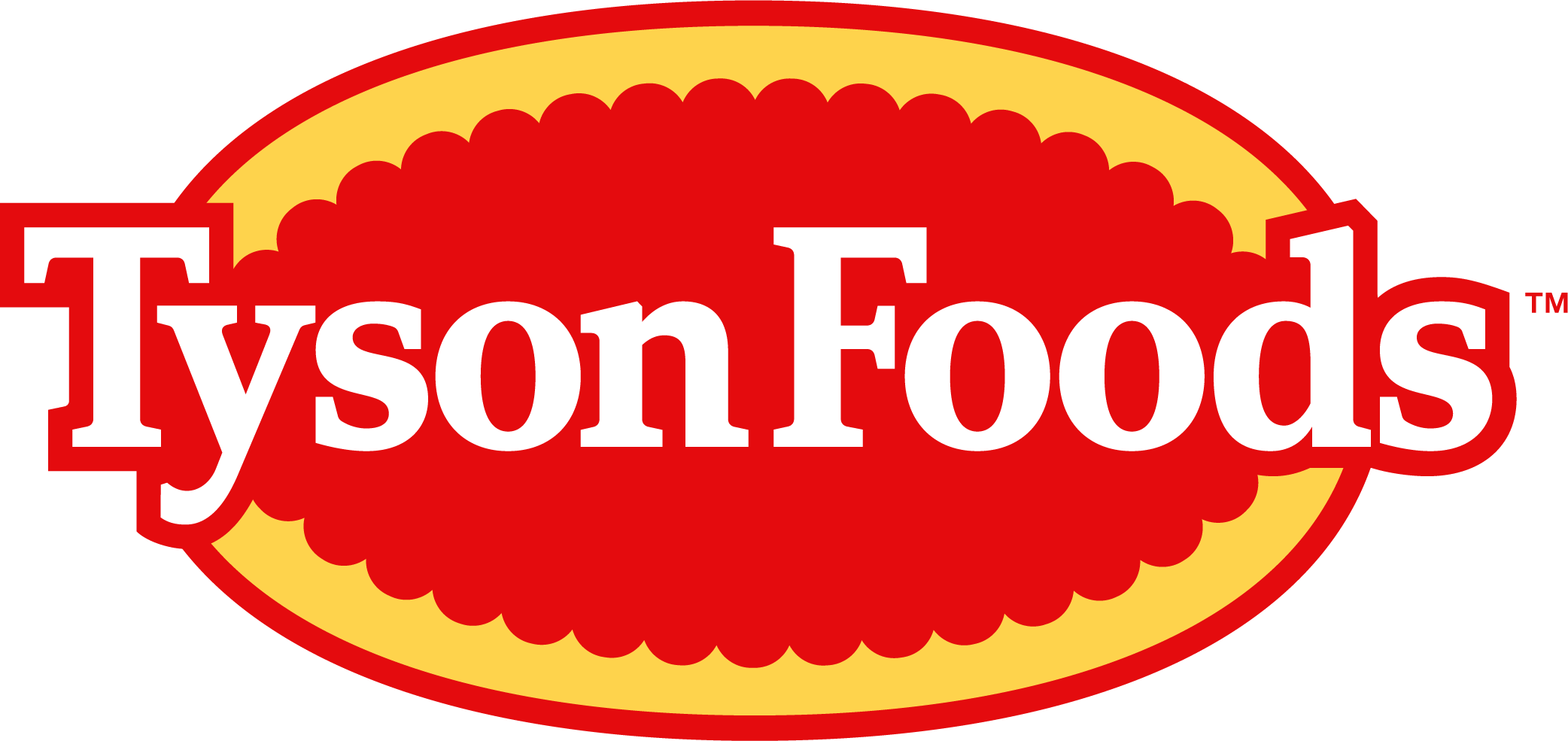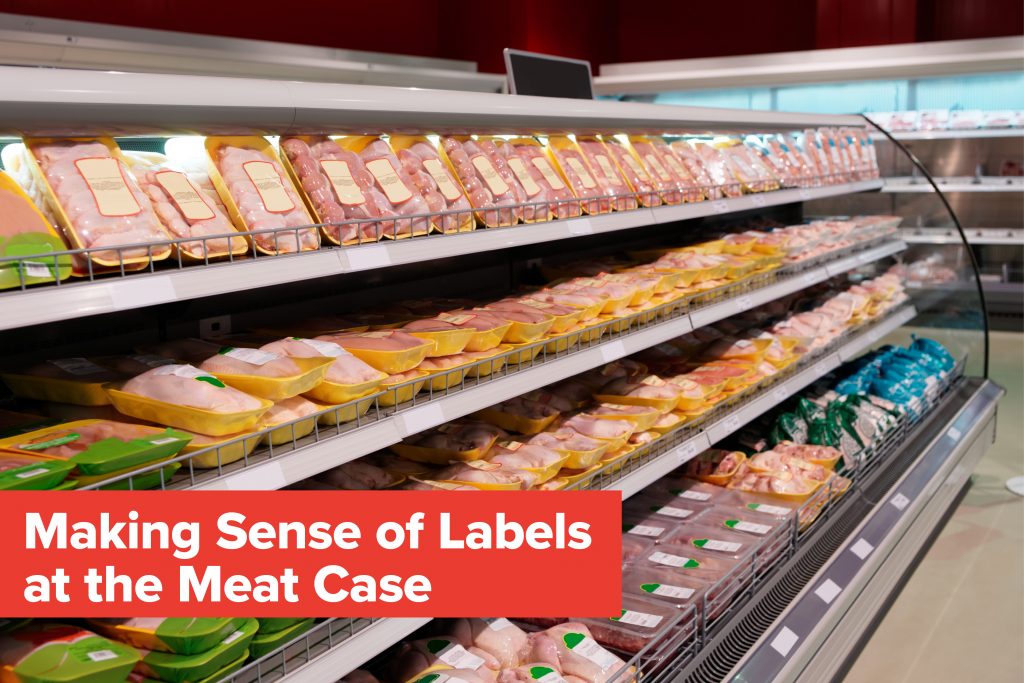You’ve seen them on packaging in the meat case and freezer aisle. “All-Natural.” “Certified Organic.” “No Antibiotics Ever.”
But what do these statements actually mean? Below are some helpful definitions relating to the most commonly use statements found on beef and pork packaging.
Common Questions About Beef
What is Angus Beef?
Angus beef is a popular label with meat lovers. A reference to the breed of cattle it comes from, “Angus” has become synonymous with consistently good beef and steak.
What is All-Natural Beef?
When beef is labeled “natural” or “all-natural,” it does not contain any artificial ingredients or added colors. It’s also minimally processed; in other words, it may have been ground or carved into a specific cut – but wasn’t added to a frozen meal or pre-cooked, for example.
What is Certified Organic Beef?
USDA Certified Organic beef comes from cattle raised under strict organic standards. To be qualified as organic, cattle must have year-round access to the outdoors, be fed only organic feed and receive no antibiotics.
Understanding Grades
The top three quality grades awarded by USDA inspectors are Prime, Choice and Select. The grade is primarily determined by the degree of marbling – small flecks of fat that provide flavor, tenderness and juiciness to beef. Here’s a quick primer on what each means:
USDA Prime
Prime is the USDA’s highest grade of beef. When you see Prime in the meat case, you’re looking at well-marbled, top-notch steak or beef.
USDA Choice
Choice is also high-quality beef, but with less marbling than Prime. If you’re looking for lean-yet-delicious, Choice might be for you.
USDA Select
Select, while still a quality cut, has the least amount of marbling – so it can be less juicy and tender. To make up for that, Select beef is often marinated or braised to elevate its flavor.
Common Questions about Pork
What is All-Natural Pork?
Like beef, “all-natural” pork is minimally processed and contains no artificial ingredients or added colors.
What is Heritage Pork?
Heritage Pork, also known as “Heirloom Pork,” comes from specific breeds of hogs. The animals are bred following guidelines that preserve and protect their genetics. Certain animal welfare standards must also be met to be called Heritage Pork.
What is Certified Organic Pork?
USDA Certified Organic pork is sourced from hogs that have year-round access to the outdoors, do not receive antibiotics or any growth promoting hormones, and are fed only organic feed.
Understanding Animal Welfare Claims
No Added Hormones
Hormones exist naturally in mammals. “No added hormones” means the cattle, hogs, or chickens were raised without being given additional growth hormones to rapidly increase their weight.
No Antibiotics Ever
This claim describes cattle, hogs, and chickens that were never given antibiotics. Not even once. If an animal did become sick and needed antibiotics, it was still cared for, but it could not be given a “No Antibiotics” label.
Grass-Fed vs. Grass-Finished
All cattle are grass-fed for most of their lives. Cattle that spent their entire lives grazing on pastures – and never transported to a feed lot and given grain – is considered grass-finished. This diet results in a leaner cut and doesn’t boast as much marbling as grain-finished beef.
This claim does not apply to hogs as they are cannot live on grass-only diet.
Free Roaming and Free-Range
Similar to grass-fed, free roaming and free-range beef and pork means the cattle and hogs were given access to graze in the pasture at least 51% of their lives.
These are just a few of the most common statements, attributes and grades of quality you might see. Now that you know the differences (and similarities) between them, you’re ready to make the purchase that’s right for you family – based on what matters most to you.
To Learn More:
USDA Agriculture Marketing Service





